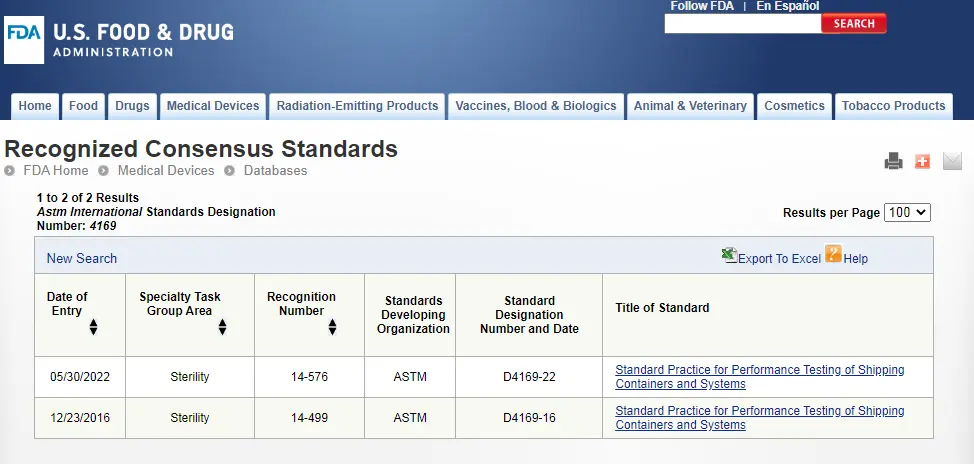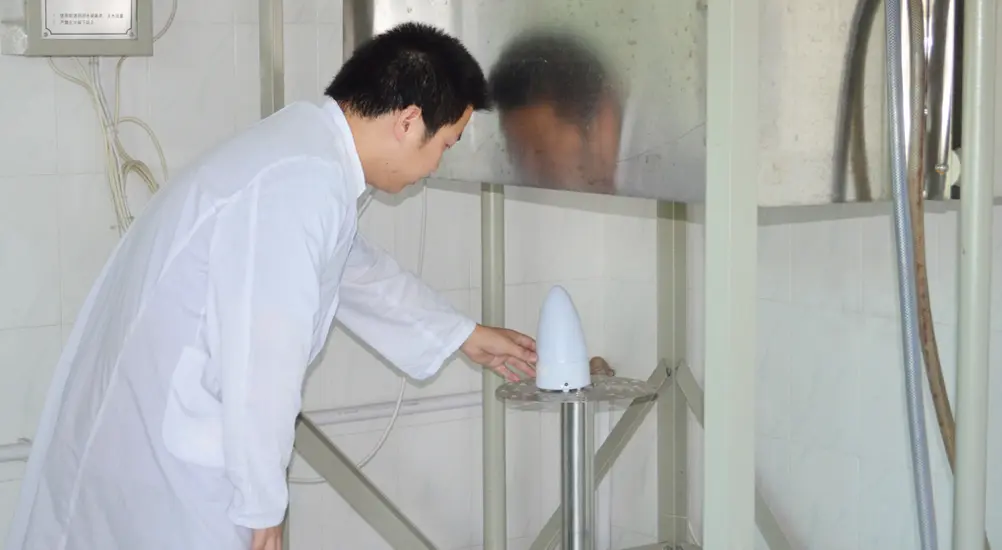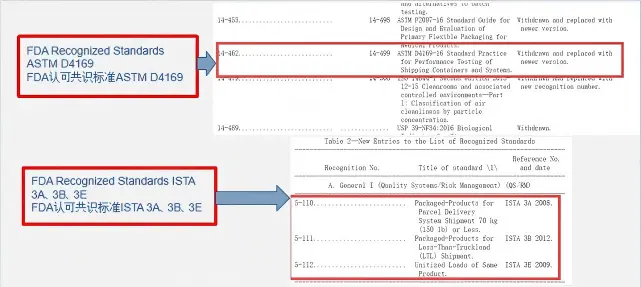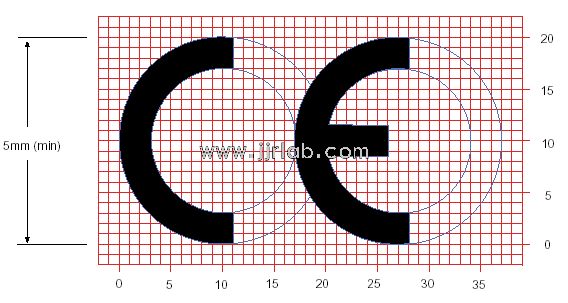
IEC EN 60065 Audio Video Safety
What is the EN 60065:2014 standard about?
It addresses the essential safety objectives for electrical equipment designed within certain voltage limits under the Low Voltage Directive 2006/95/EC.
Who does the EN 60065:2014 standard apply to?
1. Manufacturers of audio, video, and similar electronic equipment
2. Designers and purchasers of such equipment
3. Testing laboratories
4. Users of such equipment
5. Regulators
Why use the EN 60065:2014 standard?
EN 60065:2014 focuses on electronic safety principles and component requirements, aiming to reduce risks of harm or damage due to:
1. Electric shock
2. Excessive temperatures
3. Radiation
4. Implosion
5. Mechanical hazards
6. Fire
It covers safety aspects of electronic equipment intended to receive, generate, record, or reproduce audio, video, and related signals, powered by mains supply, power supply devices, batteries, or remote power sources. It also applies to equipment specifically designed to be used in combination with the above.
If the equipment is designed to connect to telecommunications or similar networks, for instance via an integrated modem, the standard still applies.
The standard mainly targets household and similar use devices, but it also applies to public venues such as schools, theaters, places of worship, and workplaces. Professional equipment intended for such uses is also covered unless explicitly included under another standard.
New requirements in EN 60065:2014!
EN 60065:2002 + A1:2006 + A11:2008 + A2:2010 + A12:2011 was withdrawn on November 17, 2017. Before this date, all existing certifications had to be updated to EN 60065:2014.
The new EN 60065:2014 standard was harmonized under the R&TTE Directive (1999/5/EC), the Low Voltage Directive (2006/95/EC), and the General Product Safety Directive (2001/95/EC). Audio/video products within the scope of the RTTED or LVD directives must comply with this standard to bear the CE mark.
Non-compliant products may face sales bans or fines from European authorities.
EN 60065:2014 applies to electronic equipment designed to be powered by mains electricity, power supply devices, batteries, or remote power sources, and intended to receive, generate, record, or reproduce audio, video, and related signals. While primarily addressing household and general use, the standard also applies to professional equipment unless specifically covered by other standards.
Eight major changes in this version compared to the 7th edition:
1. New requirements for button/coin batteries, portable secondary sealed batteries, and batteries (excluding coin cells)
2. Addition of LED requirements
3. Creepage distance requirements aligned with IEC 60950-1
4. Changes to optocoupler requirements
5. New requirements for wall- and ceiling-mounted devices
6. New requirements for non-floor-standing TVs weighing more than 7 kg that may be used in homes
Email:hello@jjrlab.com
Write your message here and send it to us
 ISTA 3A Testing Services
ISTA 3A Testing Services
 ASTM D4169 Drop Test
ASTM D4169 Drop Test
 ASTM D4169 Packaging Simulation Transportation Tes
ASTM D4169 Packaging Simulation Transportation Tes
 What is ASTM D4169 Testing?
What is ASTM D4169 Testing?
 ASTM D4169-23 Test Standard Revision
ASTM D4169-23 Test Standard Revision
 Transport Simulation Testing for Medical Device Pa
Transport Simulation Testing for Medical Device Pa
 EU CE Certification Guidelines for Lighting Fixtur
EU CE Certification Guidelines for Lighting Fixtur
 Lithium Battery Export: CB Certification & IEC
Lithium Battery Export: CB Certification & IEC




